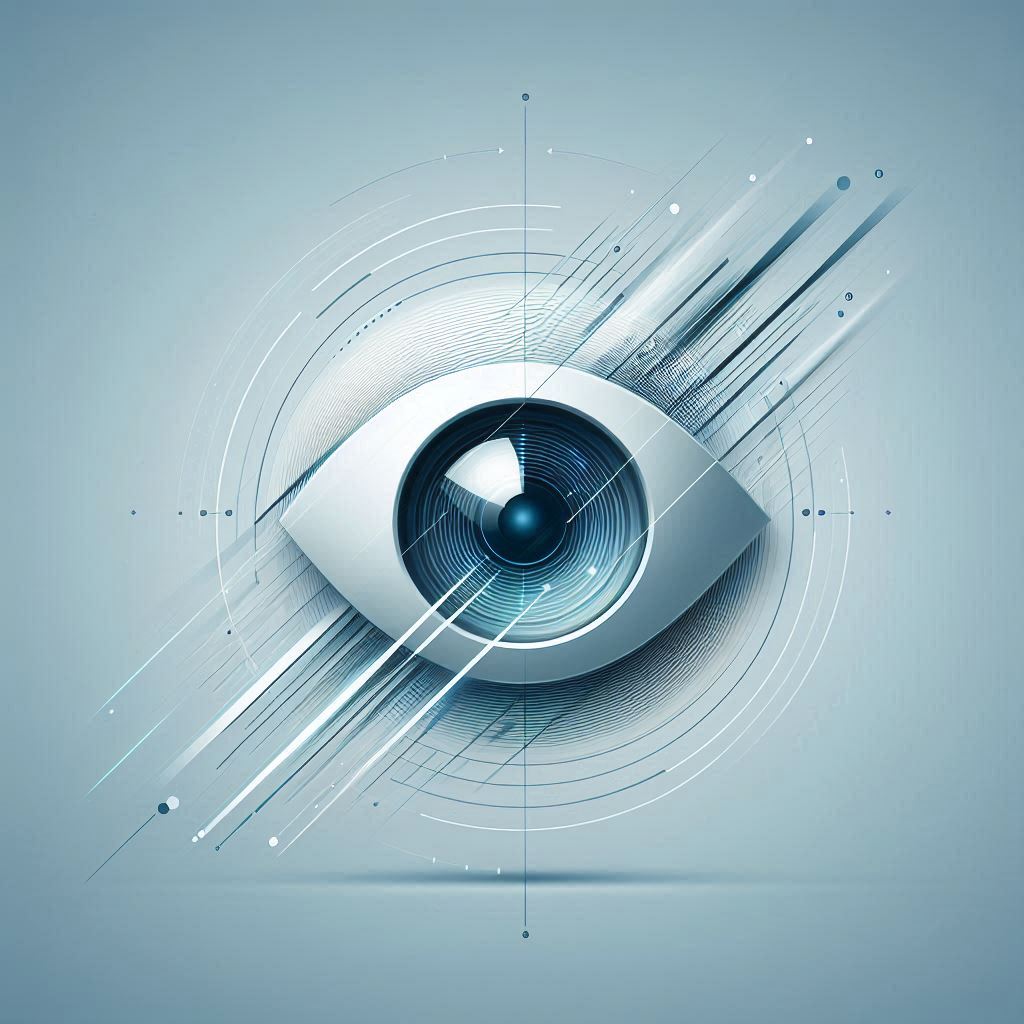
Researchers have created a framework that uses event cameras and deep learning to track pupils at ultra-high speeds, potentially revolutionizing neurological diagnostics and human-computer interaction.
In an exciting development for eye-tracking technology, researchers from Dublin City University and the University of Galway have unveiled a groundbreaking framework that's taking pupil detection to the next level! 🚀
Traditional cameras struggle with tracking rapid eye movements, often resulting in blurry images and missed data. Enter event cameras - the secret weapon in this research! Unlike regular cameras that capture frames at fixed intervals, event cameras record changes in the visual scene as they happen. It's like having a super-attentive observer that never misses a beat! ⚡
The team's innovative approach bridges the gap between event cameras and modern computer vision. They convert event data into frames that can be processed by YOLOv8, a state-of-the-art object detection model. By accumulating events over just 10 milliseconds, they achieve an impressive 100 frames per second - talk about keeping your eye on the prize! 🎯
The results? Mind-blowing! 🤯 The most efficient model (YOLOv8n) achieved a mean average precision of 0.981 and required only 3 million parameters. This means highly accurate pupil tracking with minimal computational resources. The system works reliably even when the eye is nearly closed or moving rapidly, making it a game-changer for real-world applications.
Why does this matter? The implications are huge! 🌟 From advancing virtual reality experiences to potentially diagnosing neurological conditions like Parkinson's disease through eye movement analysis, this technology opens up a world of possibilities. Imagine VR games that respond to your eye movements in real-time, or medical tests that could spot neurological issues early through simple eye tracking.
While there are still some challenges to overcome, particularly with remote eye tracking, this research represents a significant leap forward in our ability to track and understand eye movements. The future of eye-tracking is looking brighter than ever! ✨
Source: Khadija Iddrisu, Waseem Shariff, Suzanne Little. A Framework for Pupil Tracking with Event Cameras. https://doi.org/10.48550/arXiv.2407.16665
From: Dublin City University and University of Galway.